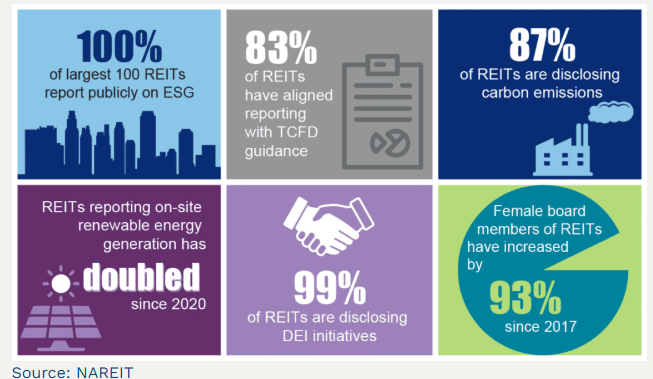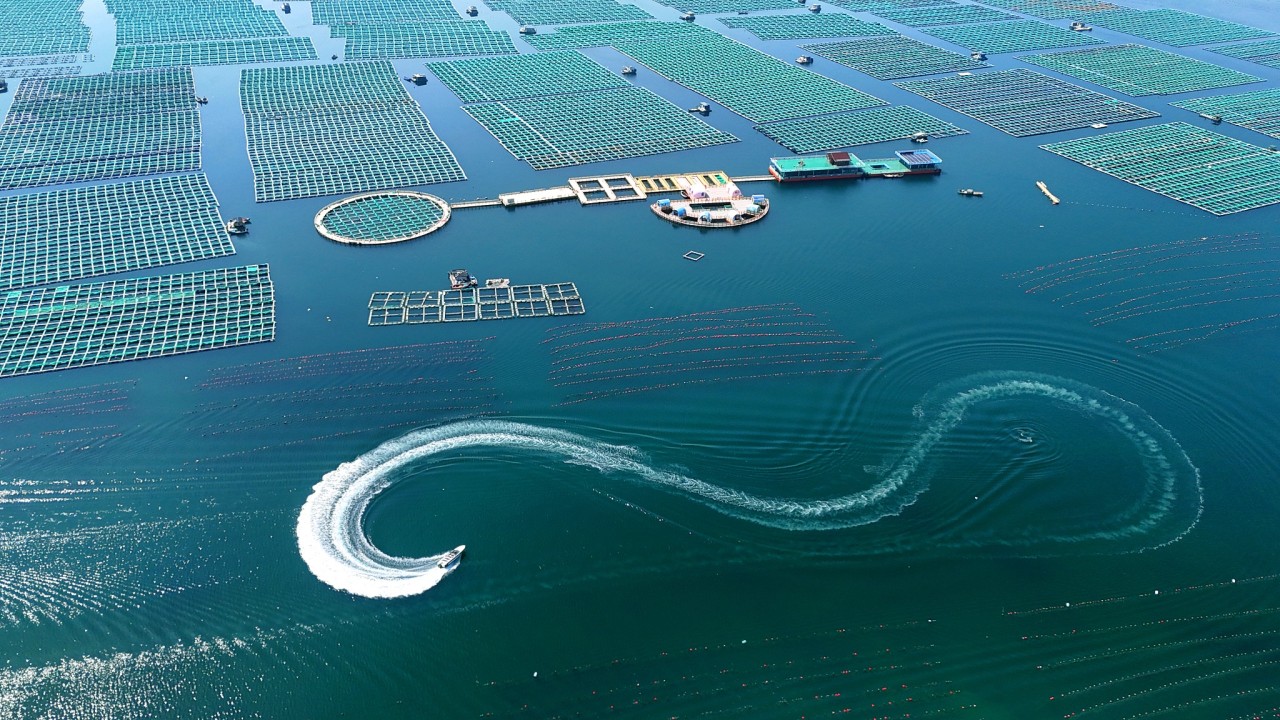A green investment taxonomy serves as a classification system that identifies environmentally sustainable activities or investments. Its purpose is to direct capital more efficiently toward priority projects that align with environmental objectives.
ASEAN taxonomy is expected to effect three main changes in the sustainable finance space.
These are:
– the potential to facilitate energy transition in a high-growth region that currently relies heavily on fossil-based systems of energy production and consumption. The ASEAN taxonomy will likely play a role in defining technologies that will enable Southeast Asian countries to effectively achieve net zero greenhouse gas emissions.
– complement and help further develop the ASEAN Green Bond Standards and the ASEAN Sustainability Bond Standards
– to ensure consistency among policy authorities, financial market stakeholders and global investors in the region by standardizing definitions of green or sustainable assets and activities.
The ASEAN Taxonomy employs two approaches for this – the Foundation Framework, which classifies all sectors using qualitative screening criteria, and the Plus Standard, which classifies specific sectors of high importance using specific criteria.
The first version in 2021 focused on the environment based on the EU model and further, in addressing ‘common-language’ initiatives and the absence of transparency in information and data on initiatives for sustainable capital markets to mitigate of climate change risks; adaptation to climate change; protection of healthy ecosystems and biodiversity; and promotion of resource resilience and a transition to a circular economy – adverting cause of harm between all of them.
For more reading on ASEAN Taxonomy : (Nomura)






















